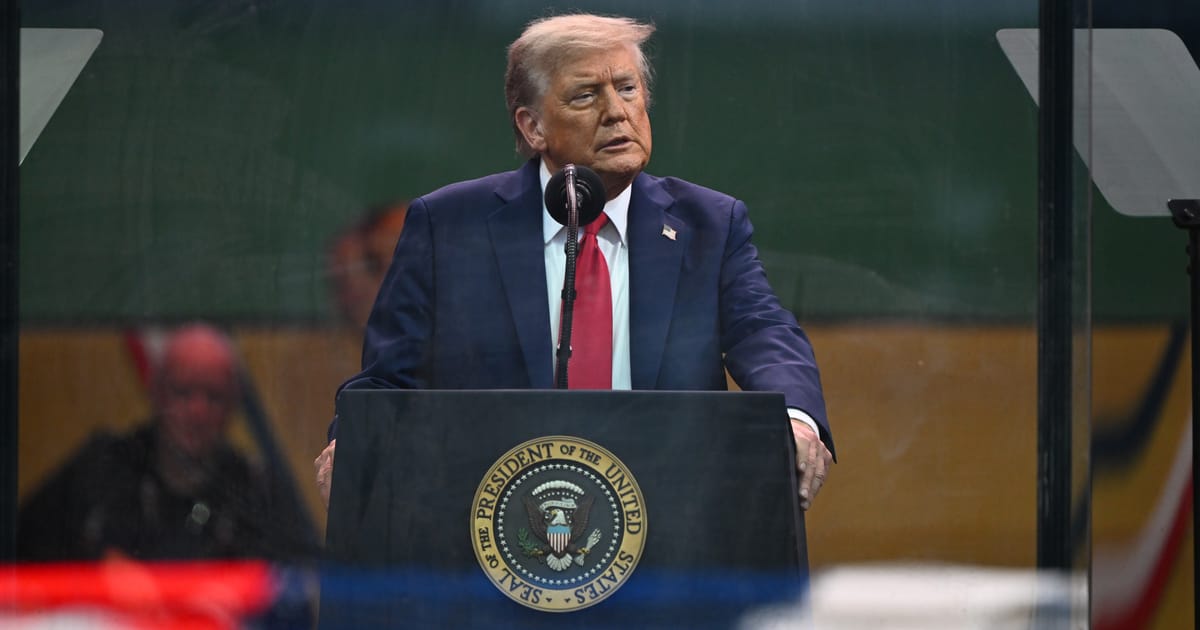Trump’s singular answer to all these problems is tariffs — “the most beautiful word in the world.” He invoked national security as a justification for 50 percent tariffs on steel imports from Canada, Europe and elsewhere; 25 percent tariffs on autos and auto parts; and threatened to do the same with pharmaceutical and semiconductor imports. He also levied an across-the-board 10 percent tariff on all imports, while promising to raise these to 20 percent or more, unless new trade deals are agreed by July 9.
Interestingly, while China and other countries that aren’t allied with the U.S. have also been targeted with tariffs, Russia has been spared such levies. In fact, Trump urged Putin to end the war in Ukraine by promising increased trade.
That’s right. Russia — a true threat to European security — is being offered what Trump called a “tremendous” opportunity for massive growth.
Finally, while it might not have the most immediate impact, it’s the Trump administration’s political offensive on its allies — and especially against Europe — that will have long-lasting consequences.
It started with Vice President JD Vance’s speech at the Munich Security Conference in February, where he warned a stunned audience that “the threat that I worry the most about vis-à-vis Europe is not Russia, it’s not China,” but “the threat from within, the retreat of Europe from some of its most fundamental values.” It didn’t escape many in the room that this language was what German leaders used in the 1930s to accuse Jews and others of treachery.
This attack on European values has escalated ever since. Top administration officials have openly sided with far-right forces in Germany, Romania and Poland in the run-up to national elections. Then, when the German domestic intelligence agency classified the far-right Alternative for Germany party as an extremist organization, Secretary of State Marco Rubio took to X to complain: “This is not democracy—it’s tyranny in disguise.”
